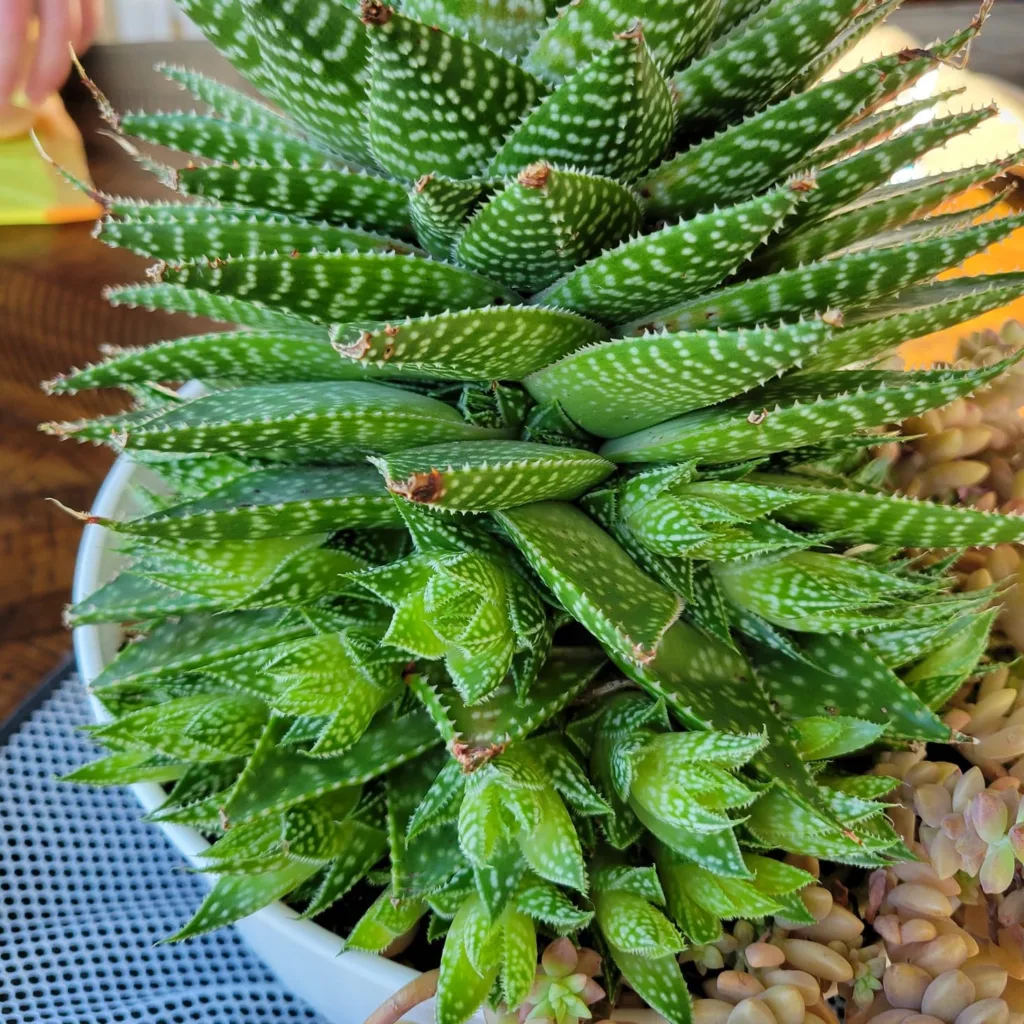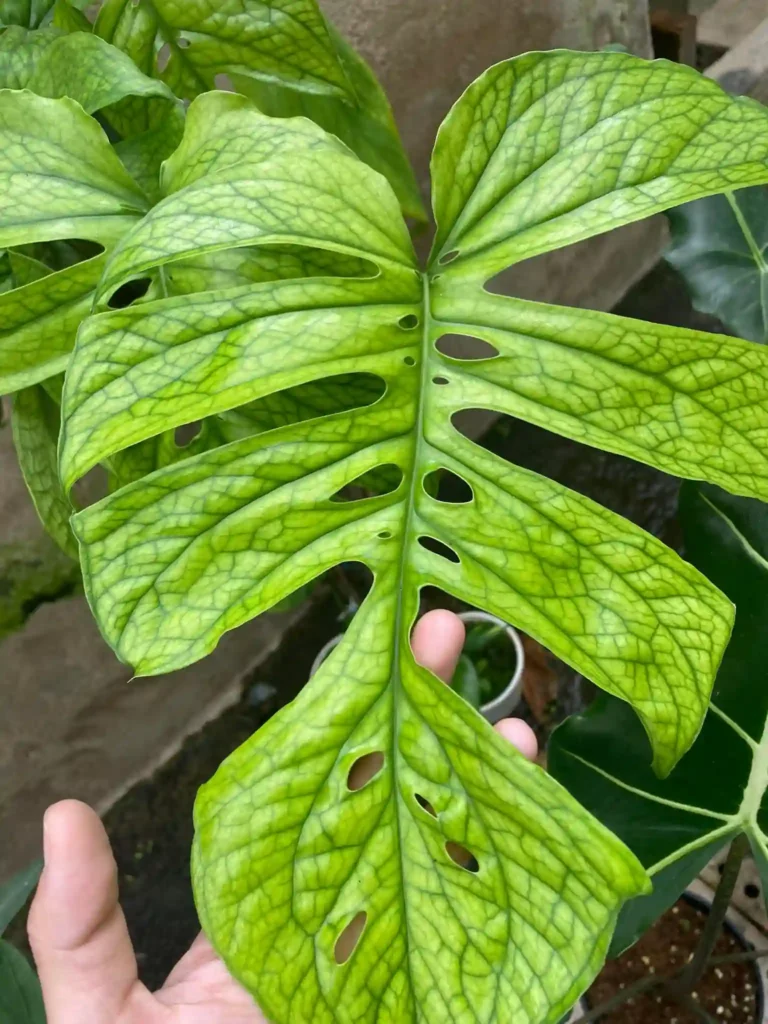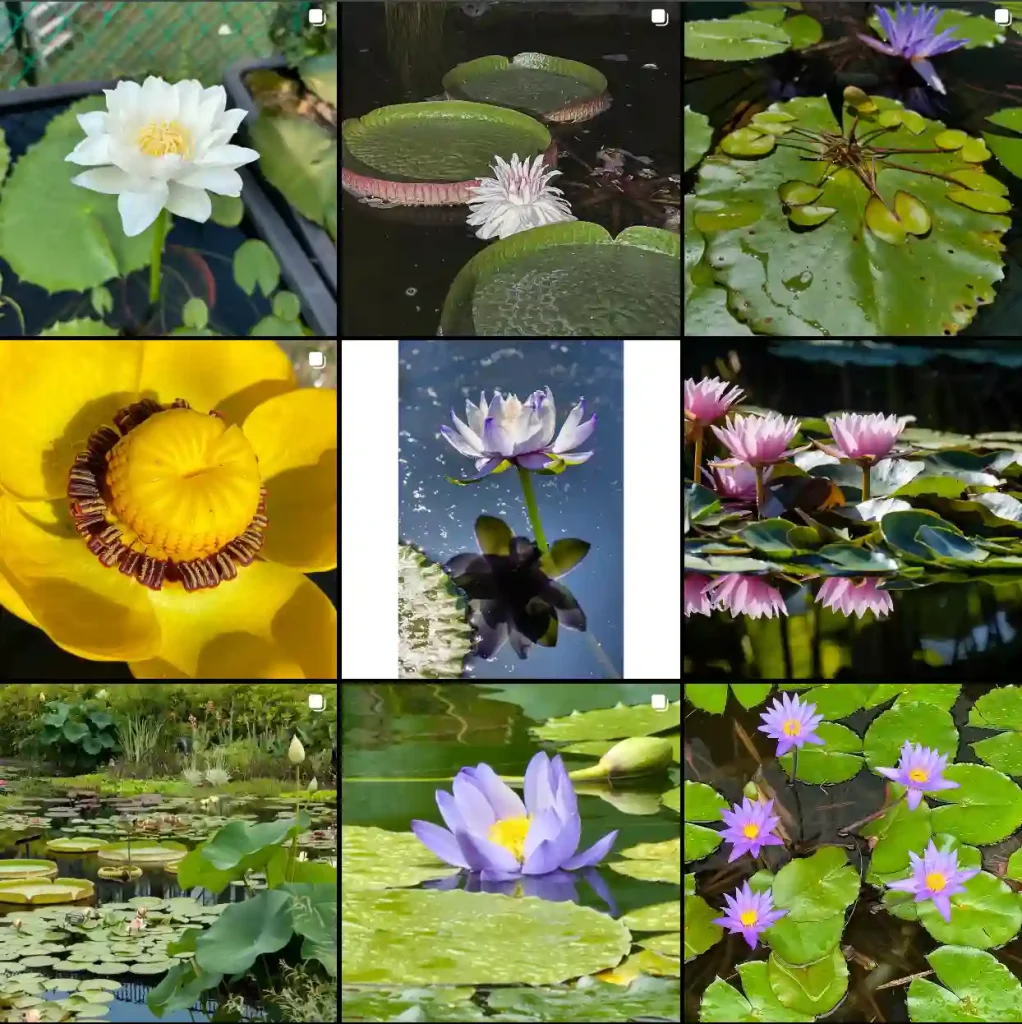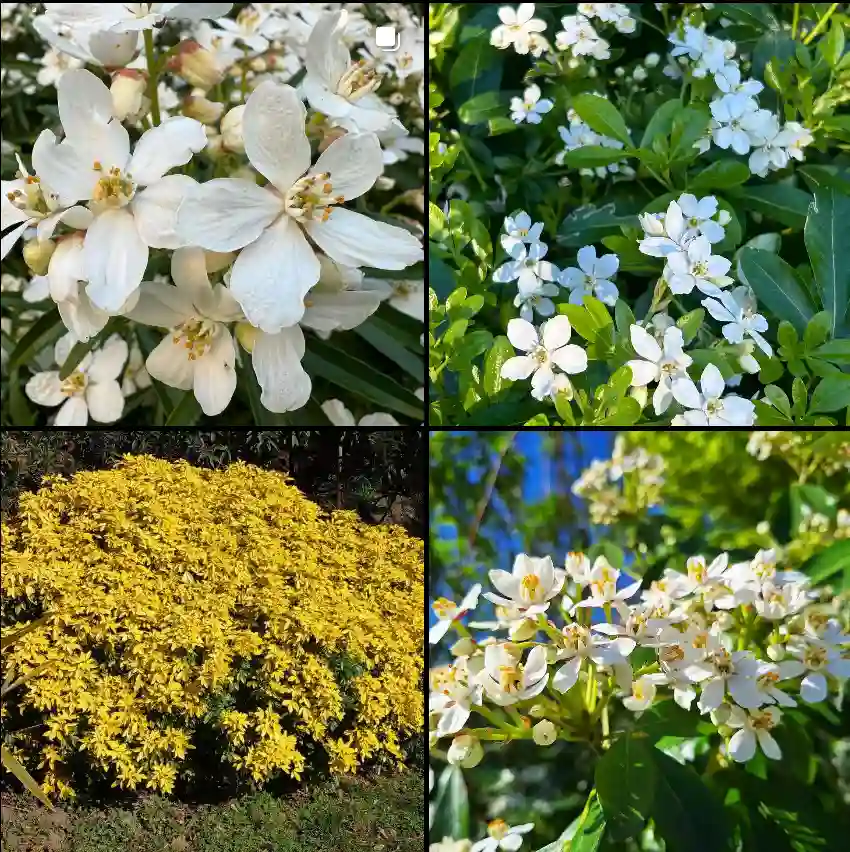
Tillandsia Balbisiana: The Air Plant with Flair
Hi everyone, Ferb Vu here. Today, we’re diving into the fascinating world of air plants, specifically the Tillandsia Balbisiana, also known as the northern needleleaf. This unique bromeliad has captured the hearts of plant enthusiasts with its impressive size, quirky looks, and easy-care nature.
Whether you’re a seasoned gardener or a curious newcomer, this FAQ will equip you with everything you need to know about caring for your Tillandsia Balbisiana.
690 Species in Genus Tillandsia – Air Plants
Where Does the Tillandsia Balbisiana Come From?
Imagine sprawling forests in Mexico, Central America, the West Indies, and even pockets of Florida. That’s the natural habitat of the Tillandsia Balbisiana. As an epiphyte, it doesn’t root in soil but clings to branches and trees, absorbing moisture and nutrients from the air.
This unique lifestyle makes it a fantastic choice for terrariums or creative displays mounted on driftwood or rocks.
How Big Does a Tillandsia Balbisiana Get?
This air plant isn’t shy. It can grow up to a respectable 24 inches tall, with around 15-30 leaves. The leaves themselves are leathery and grayish due to fine scales, sometimes tinged with red. They’re slightly bulbous at the base and taper to a curved or twisted tip, giving the plant its nickname – the northern needleleaf.
But wait, there’s more! When it blooms, the Tillandsia Balbisiana puts on a show. It produces a long inflorescence (flower spike) with reddish-yellow bracts that unfurl into beautiful purple flowers.
Watering My Tillandsia Balbisiana: How Often and How Much?
Unlike traditional houseplants, Tillandsia Balbisiana doesn’t need constant soil moisture. Instead, it thrives on regular soakings. Here’s my watering routine:
- Submerge the plant: Once a week, dunk your Tillandsia Balbisiana completely in rainwater, filtered water, or tap water that’s been left out for 24 hours (to allow chlorine to evaporate).
- Let it soak: Give it a good soak for 15-30 minutes, allowing the entire plant to absorb moisture.
- Shake it off: Gently shake the plant to remove excess water. Don’t leave it sitting in water as this can cause rot.
- Airflow is key: Place it somewhere with good air circulation to allow it to dry completely within a few hours.
Pro tip: During hot or dry weather, you might need to increase watering frequency.
Light for My Tillandsia Balbisiana: Bright or Shade?
Think bright, indirect light. Your Tillandsia Balbisiana will appreciate a spot near a sunny window but not in direct afternoon sun, which can scorch the leaves.
East or north-facing windows are perfect. If your home lacks natural light, consider using grow lights to mimic its natural habitat.
Tillandsia Balbisiana vs. Spanish Moss: What’s the Difference?
Both Tillandsia Balbisiana and Spanish Moss (Tillandsia usneoides) are air plants, but they have distinct features. Here’s a quick breakdown:
- Size: Tillandsia Balbisiana is a showstopper, growing up to 24 inches, while Spanish Moss is more cascading, with thread-like leaves that can reach several feet.
- Leaves: Tillandsia Balbisiana has wider, leathery leaves, while Spanish Moss has thin, wiry ones.
- Color: Tillandsia Balbisiana has a grayish-green color with possible red tinges, while Spanish Moss is typically greenish-gray.
- Blooming: Tillandsia Balbisiana produces a vibrant flower spike, while Spanish Moss rarely blooms.
So, if you’re looking for a statement air plant with a dramatic flair, Tillandsia Balbisiana is the way to go.
Is Tillandsia Balbisiana Easy to Care For?
Absolutely! With its minimal needs, Tillandsia Balbisiana is a fantastic choice for busy plant parents or those new to the world of houseplants. Just remember the key points:
- Watering: Regular soaking (not constant moisture)
- Light: Bright, indirect light
- Airflow: Good air circulation to prevent rot
With a little TLC, your Tillandsia Balbisiana will thrive and reward you with its unique beauty for years to come.
If i die, water my plants!



